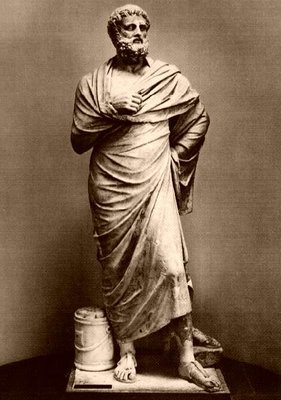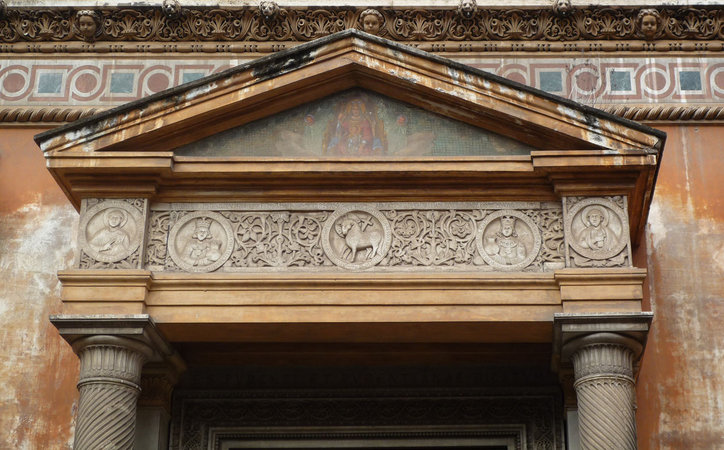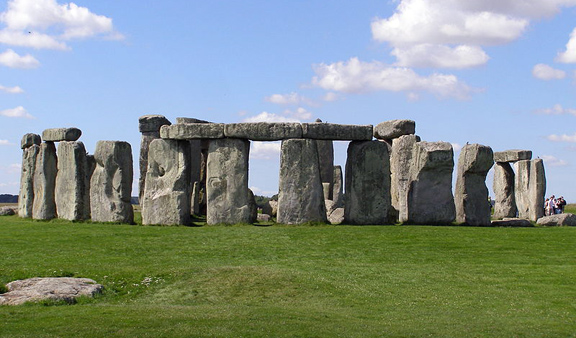Fra Filippo Lippi, Madonna and Child with Two Angels
In this painting by Fra Filippo Lippi, Madonna and Child with Two Angels—a variation on the Madonna and Child Enthroned (see Giotto or Cimabue) that artists have been painting for hundreds of years—halos virtually disappear....











